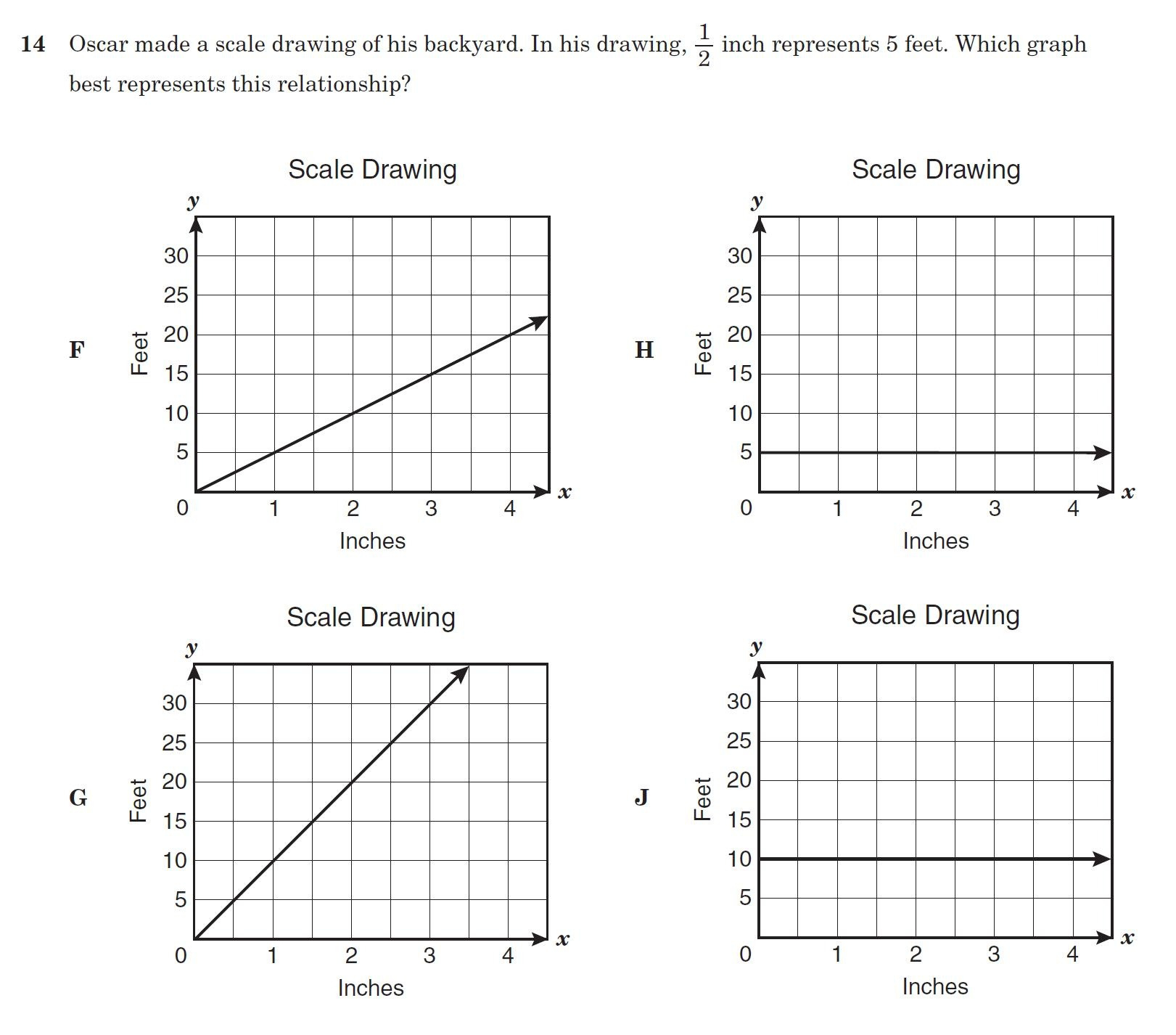

Weight of SamWeight of Peter = 5040 = 54 = 5 : 4 Now, if we compare the weight of Sam with the weight of Peter, we will get Suppose we have two brothers, Sam and Peter having their weights as 50 kg and d40 kg respectively.

Let us understand the ratio with the help of an example. The former “ a” is called the first term or antecedent and the latter term “ b” is called the second term or consequent. In the ratio, a : b, the quantities or numbers a and b are called the terms of the ratio. The ratio of two numbers “ a “ and “ b “ where b ≠ 0, is a ÷ b or ab and is denoted by a : b The ratio of two quantities of the same kind and in the same units is a fraction that shows how many times a quantity is of another quantity of the same kind. So, how do we define ratio? Let us find out.

When we compare two quantities of the same kind by division, we say that we form a ratio of two quantities.


 0 kommentar(er)
0 kommentar(er)
